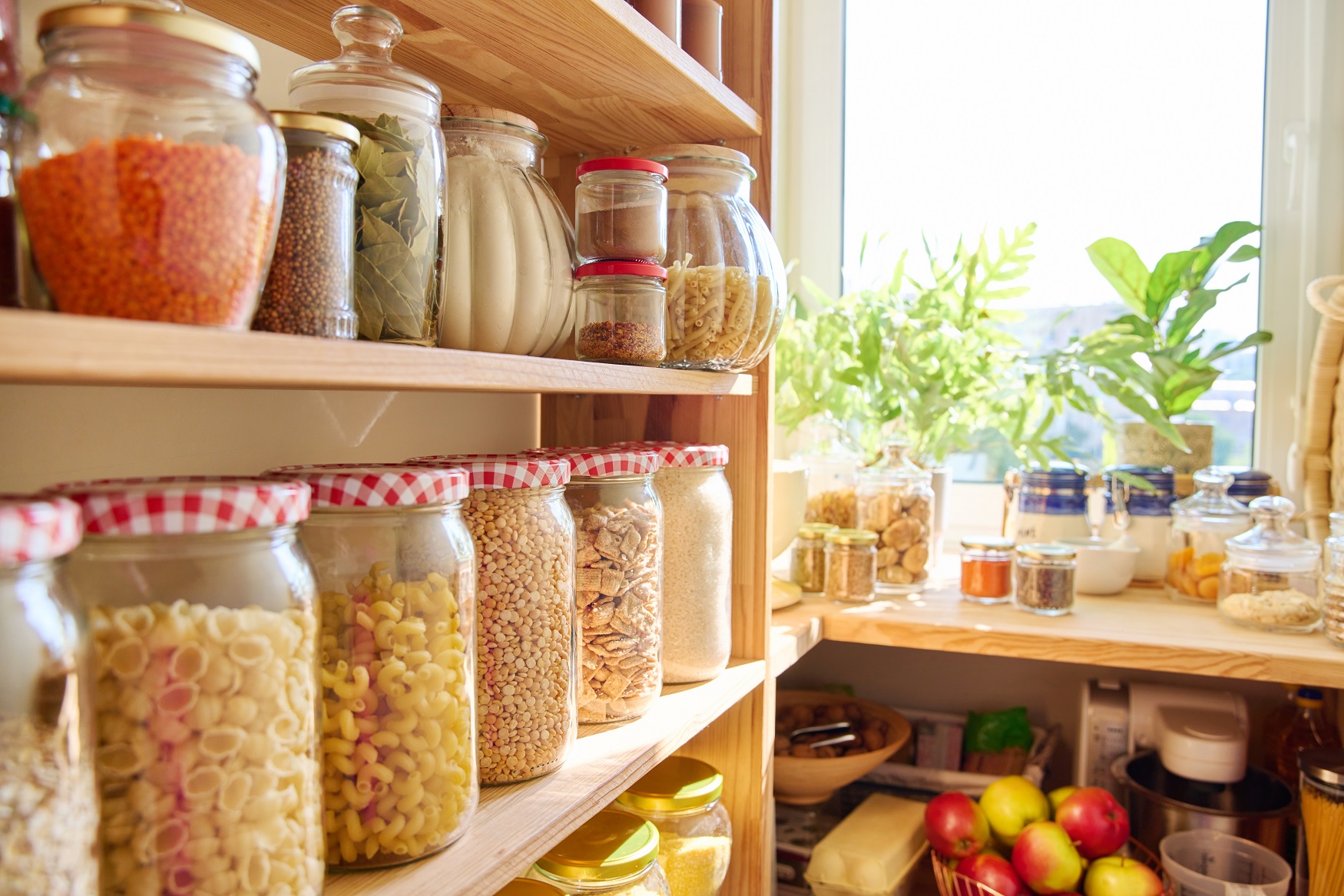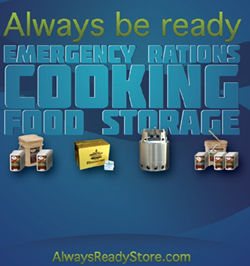Preserving food for long-term storage is a valuable skill, allowing you to extend the shelf life of seasonal produce and bulk purchases, ensuring a supply of food during shortages, emergencies, or simply for convenience.
Here are five of the best and easiest methods for long-term food preservation:
1. Canning
Canning is a popular method for preserving a wide variety of foods, including fruits, vegetables, meats, and seafood. This method involves placing foods in jars or cans and heating them to a temperature that destroys microorganisms and inactivates enzymes. After heating, the jars are sealed to create an airtight and sterile environment. Canning can be done in two ways: water bath canning, suitable for high-acid foods like fruits, tomatoes, and pickles; and pressure canning, needed for low-acid foods like vegetables, meats, and poultry.
Benefits:
- Kills harmful bacteria and prevents spoilage.
- Retains nutrients, especially those sensitive to oxygen.
Considerations:
- Requires careful attention to sterilization and processing times to avoid the risk of botulism and other foodborne illnesses.
2. Freezing
Freezing is one of the simplest ways to preserve food. Nearly all foods can be frozen, including fruits, vegetables, meats, dairy products, cooked dishes, and bread. Freezing slows down the movement of molecules, causing microorganisms to enter a dormant state. This process preserves food by preventing the growth of bacteria, yeasts, and molds, and slowing down enzyme activity that causes food to spoil.
Benefits:
- Maintains the quality and taste close to fresh.
- Very easy and convenient, requiring minimal preparation.
Considerations:
- Not all foods freeze well (e.g., creamy or custard-based items can separate and become grainy).
- Requires consistent electricity supply to maintain storage conditions.
3. Drying
Dehydrating food removes moisture, which bacteria, yeasts, and molds need to thrive. This method is suitable for a variety of foods, including fruits, vegetables, meats (jerky), and herbs. Dried foods are nutrient-dense, lightweight, and easy to store. Methods include air drying, oven drying, and using a food dehydrator.
Benefits:
- Reduces weight and volume, making storage and transport easier.
- Long shelf life when stored in a cool, dark place.
Considerations:
- Can change the texture and flavor of food.
- Requires proper airtight packaging after drying to prevent moisture reabsorption.
4. Vacuum Sealing
Vacuum sealing involves removing air around food in a plastic bag or container before sealing it. This method is often used in conjunction with other preservation techniques, like freezing or refrigerating. By removing oxygen, vacuum sealing inhibits the growth of aerobic organisms and prevents oxidation, which can lead to spoilage and freezer burn.
Benefits:
- Extends shelf life significantly when combined with refrigeration or freezing.
- Reduces volume, saving space in storage.
Considerations:
- Requires initial investment in a vacuum sealer.
- Not suitable for all foods (e.g., soft cheeses and fresh vegetables without blanching).
5. Salt Curing and Smoking
Salt curing involves preserving food by adding salt, which draws moisture out through the process of osmosis. Smoking can be combined with curing to add flavor and further extend the shelf life by adding antimicrobial compounds from smoke. These methods are traditionally used for meats and fish.
Benefits:
- Imparts unique flavors.
- Effective at preserving without refrigeration.
Considerations:
- Can be labor-intensive and requires careful handling to avoid excessive saltiness or under-curing, which can lead to spoilage.
Conclusion Each of these methods offers distinct advantages and considerations, and the choice of technique often depends on the type of food, available storage space, and personal preferences. Properly preserved foods can provide security and variety in your diet and are an excellent way to make the most of your food purchases. Whether you are a novice or experienced at food preservation, these methods can be adapted to suit various needs and preferences, ensuring your pantry is stocked with nutritious and enjoyable food year-round.




